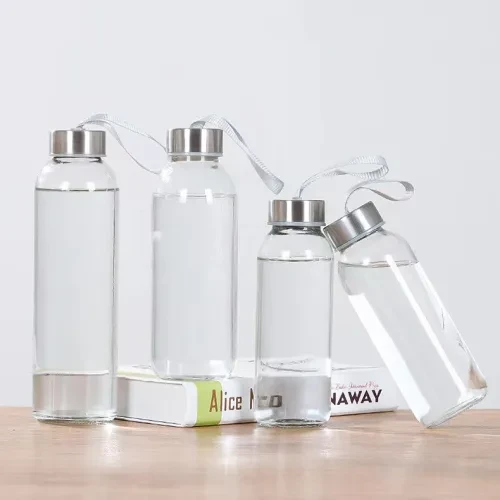Furthermore, clear crystal water bottles often come with beautiful designs that enhance their appeal. Whether adorned with minimalist patterns, motivational quotes, or even customizable designs, these bottles provide versatility and a chance for self-expression. They can serve as thoughtful gifts for friends and family or be a cherished addition to one's own daily routine. The ability to personalize a water bottle allows individuals to showcase their personality and values, making hydration not just a task, but a part of their unique identity.
 Home
Home








